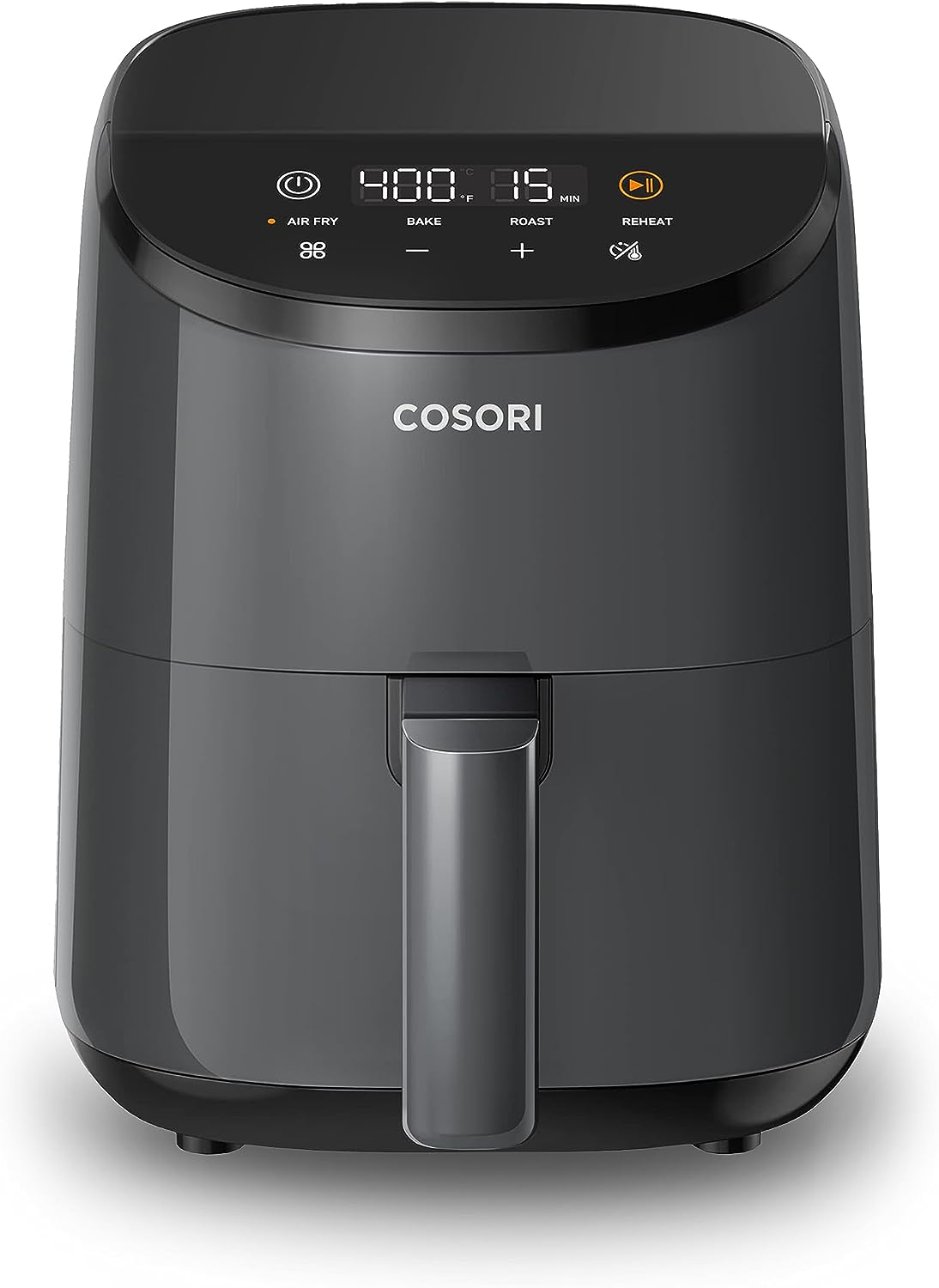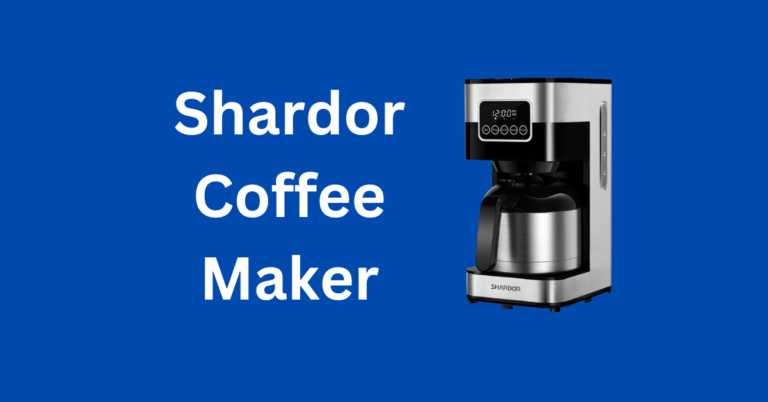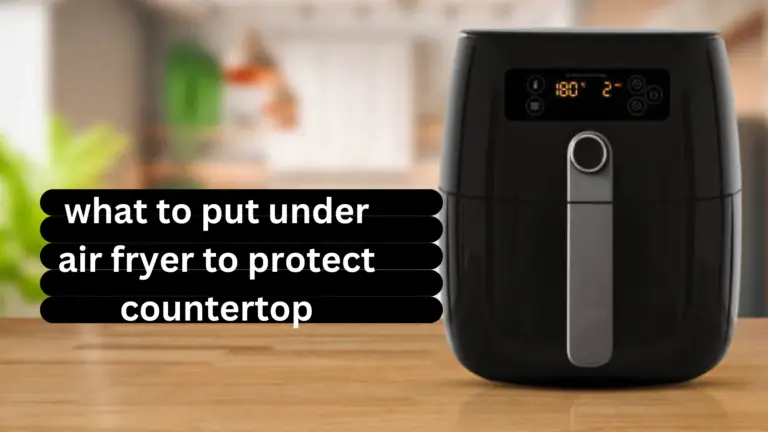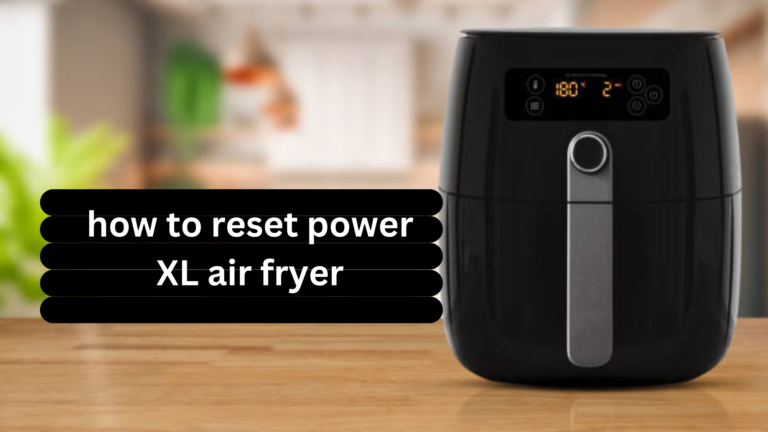Why Does Air Fryer Food Taste Weird? in 2024

Discover Why Does Air Fryer Food Taste Weird? and how to optimize your culinary experience. Uncover the science behind the unique taste profile of air-fried dishes and learn valuable tips for enhancing flavor.
Air fryer food may taste different due to the cooking method’s reliance on circulating hot air instead of oil. This can impact flavor, texture, and aroma, resulting in a unique taste profile compared to traditional frying methods. Experimenting with seasonings, ingredients, and cooking techniques can help enhance the flavor of air-fried dishes and optimize your culinary experience.
In the realm of culinary innovation, the air fryer stands out as a game-changer, promising crispy, delicious meals with a fraction of the oil traditionally used. However, amidst the rave reviews and culinary delights, some users may encounter an unexpected phenomenon: the peculiar taste of air-fried food. In this comprehensive guide, we delve into the science behind why air fryer food may taste different and provide insights into optimizing your air frying experience.
Read More: Gourmia 5 Qt Air Fryer Reviews
“After understanding why air fryer food tastes different, enhance your culinary experience with the COSORI Air Fryer available on Amazon. This versatile kitchen accessory complements air fryer cooking, offering convenience and delicious results with every use.”
COSORI Air Fryer Pro LE 5-Qt Airfryer
- Product Dimensions
- 10.8″D x 12″W x 14.4″H
- Color: Grey
- Capacity: 5 Quarts
- Material: tempered glass panel, Metal
Cosori Mini Air Fryer 2.1 Qt
- Special Feature: Dishwasher Safe
- Product Dimensions
- 10.1″D x 8.3″W x 10.5″H
- Color: Grey
- Capacity: 2.1 Quarts
- Material: Plastic, Metal
Understanding the Science of Air Frying
The Maillard Reaction: A Culinary Alchemy
Central to the unique flavor profile of air-fried food is the Maillard reaction, a complex chemical process that occurs when proteins and sugars are subjected to heat. In traditional frying methods, the Maillard reaction occurs in the presence of hot oil, leading to the characteristic golden-brown color and rich flavor of fried foods. In contrast, air fryers rely on circulating hot air to achieve similar results, albeit with significantly less oil. This difference in cooking medium can impact the intensity and depth of flavor in air-fried food, contributing to its distinct taste profile.
Moisture Content and Texture
Another factor that influences the taste of air-fried food is its moisture content and texture. Unlike deep frying, which immerses food in hot oil, air frying relies on dry heat to cook food. While this method can yield crispy exteriors, it may also result in drier textures, especially for foods with higher moisture content. The absence of oil as a medium for heat transfer can affect the overall mouthfeel and perceived flavor of air-fried dishes, leading to variations in taste compared to their deep-fried counterparts.
Addressing Common Culinary Concerns
Overcoming Flavor Imbalance
One of the challenges frequently encountered with air frying is achieving a balanced flavor profile. Due to the absence of oil and the reliance on dry heat, some users may find that air-fried food lacks the richness and depth of flavor associated with traditional frying methods. To mitigate this issue, culinary experts recommend experimenting with seasonings, marinades, and cooking techniques to enhance the taste of air-fried dishes. Incorporating flavorful ingredients such as herbs, spices, and aromatic oils can elevate the taste profile of air-fried meals and provide a satisfying culinary experience.
Managing Aromatics and Off-Flavors
In addition to flavor, the aroma of air-fried food can also differ from that of traditionally fried counterparts. The absence of hot oil for frying can result in less pronounced aromatics and a milder scent during the cooking process. Furthermore, some users may notice off-flavors or unusual odors when air frying certain foods, which can be attributed to factors such as food residue, cooking temperatures, and the quality of ingredients used. To minimize these issues, thorough cleaning of the air fryer basket and accessories, as well as careful selection and preparation of ingredients, are essential for maintaining optimal air frying conditions.
Enhancing Your Air Frying Experience
Tips for Flavorful Results
Achieving delicious, flavorful results with your air fryer requires attention to detail and a willingness to experiment. To enhance the taste of air-fried food, consider the following tips:
- Preheat the air fryer to ensure even cooking and optimal flavor development.
- Use high-quality ingredients and fresh seasonings to impart depth and complexity to your dishes.
- Experiment with different cooking times and temperatures to achieve the desired texture and taste.
- Incorporate complementary cooking techniques, such as searing or broiling, to enhance flavor and caramelization.
By incorporating these strategies into your air frying routine, you can unlock the full potential of this versatile appliance and enjoy flavorful, satisfying meals with every bite.
Conclusion: Why Does Air Fryer Food Taste Weird?
In Conclusion: Why Does Air Fryer Food Taste Weird? While the taste of air-fried food may differ from that of traditional fried fare, understanding the underlying factors and implementing culinary techniques can help optimize your air-frying experience. By harnessing the science of air frying, addressing common culinary concerns, and embracing experimentation, you can elevate the taste and enjoyment of air-fried meals. With a dash of creativity and a willingness to explore new flavors, the air fryer becomes not just a kitchen appliance, but a gateway to culinary innovation and gastronomic delight.








